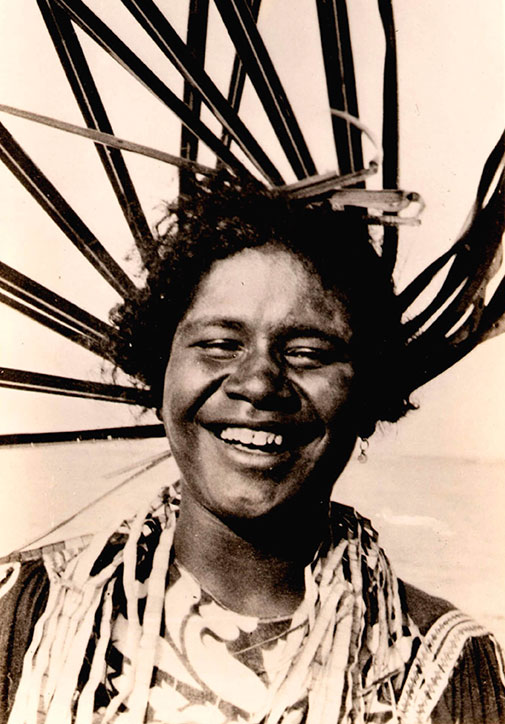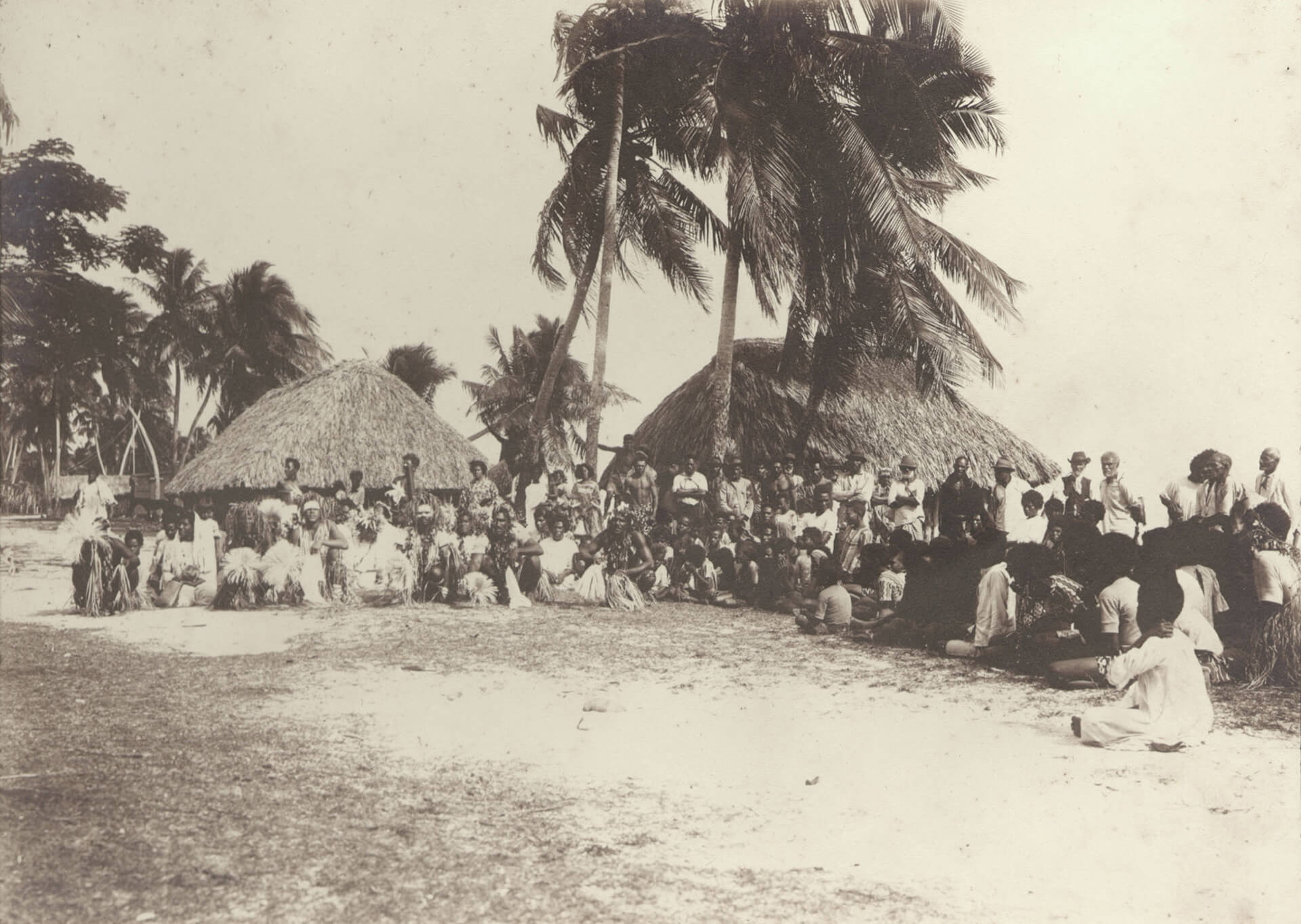some HISTORY
- Homepage
- The Loyalty Islands
- History
Throughout their thousand-year history, the Loyalty Islands have developed a unique identity within the New Caledonian archipelago.
Settled by Melanesians over 3,000 years ago, the Loyalty Islands later served as a landing point for the Polynesians. Immigrants from the Tonga Islands, master carpenters, Polynesian navigators and Samoan fishermen were included within the chieftaincies due to their skills and knowledge.
The Loyalty Islands inherited their name from the crews of British trading ships, who first encountered these island people with their “honest and friendly” character at the end of the 18th century. In 1840, the navigator Dumont d’Urville drew up the first map of the Loyalty Islands. The lure of sandalwood attracted Australian traders, and English and American whalers visited the island coasts while they hunted for whales undertaking their annual migrations. These arrivals also became part of the local community which benefited from their technical know-how and keen sense of industry.
Around the same time, the London Missionary Society and the French Marist Mission settled in the Loyalty Islands to spread the Christian faith, and the islands became the sometimes bloody scene of fierce competition between Protestant pastors and Catholic missionaries for religious influence and national supremacy. The Loyalty Islands were only annexed by France in 1864. However, deemed unsuitable for intensive colonisation, they were constituted as a native reserve, a status which would permanently shape the archipelago’s history.
A unique people
with multiple origins
Tell me more...
The historical heritage of the Loyalty Islands



























